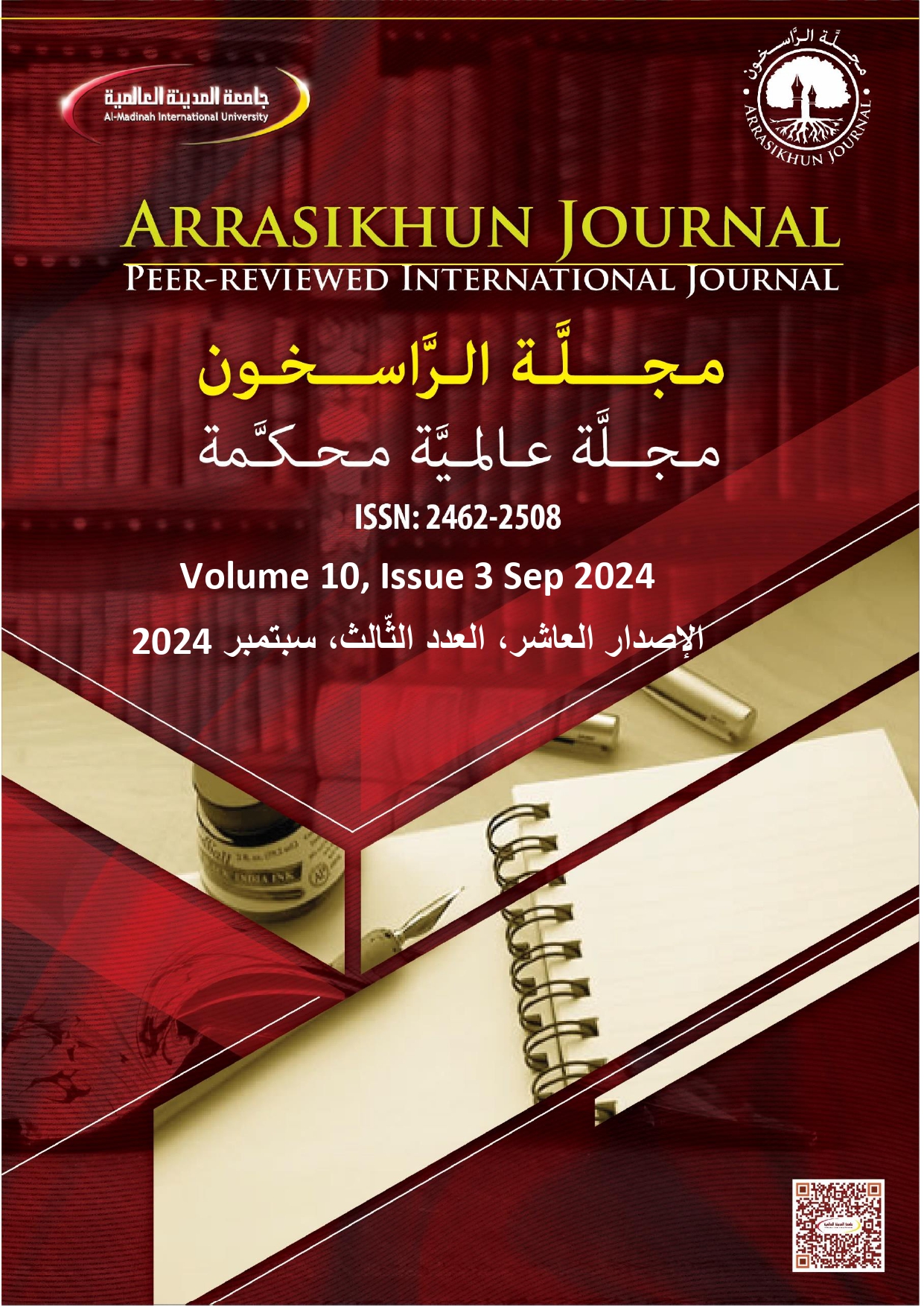The Recitation Modes Mentioned in “Gharā’ib al-Qurān wa Raghā’ib al-Furqān” by Niẓām al-Dīn al-Naysābūrī (850H) from the beginning of Surat Al-Isrā’ to the End of Surat Yasin (An Inductive Analytical Study)
Main Article Content
Abstract
Abstract
This research focuses on compiling the consistently transmitted recitation modes and anomalous recitation modes found in the tafsir of Imam Nizam Ad-Din An-Naysaburi, titled Ghara’ib Al-Quran wa Ragha’ib Al-Furqan. It aims to understand the methodology employed by Imam An-Naysaburi regarding the recitation modes he discussed in Surat Al-Isra. The problem arises from the fact that Imam An-Naysaburi, may Allah have mercy on him, addresses the differences in both the consistently transmitted recitation modes and anomalous recitation modes together in his interpretation. He attributes the recitation modes to their respective reciters accurately in some instances, while in others, he either omits or adds certain reciters. Additionally, he sometimes shows preference among the consistently transmitted recitation modes but rarely provides grammatical explanation for them, even though such grammatical explanation could clarify and elucidate the meanings of the recitation modes. The nature of this study necessitated an inductive methodology to track and compile all the recitation modes mentioned by the Imam within the scope of this research. I also employed a descriptive analytical methodology to examine these recitation modes, their interpretations, and their rulings, as well as to clarify his approach to presenting the recitation modes. The study highlights the Imam's stance on the recitation modes in his interpretation and deduces his methodology in presenting them, noting both supportive and opposing aspects. The Imam differentiates between mutawatir and shath readings, mentioning the latter only sparingly, and follows the approaches of earlier scholars without adhering to a specific methodology. In the conclusion, I summarized the number of readings cited by the Imam, including consistently transmitted recitation modes and anomalous recitation modes, and compared them to two references: An-Nashr and Al-Itihaf. The research concluded by presenting the most significant findings and recommendations. One key result revealed that the significance of differences in recitation modes arises from the variety of words, which leads to diverse meanings, thus impacting the understanding of the Qur’anic text and demonstrating the eloquence and richness of its language.
Key Words: Nizam Ad-Din An-Naysaburi, Ghara’ib Al-Qur’an, Surat Al-Israa, consistently transmitted

